
Vauxhall Antara Station Wagon engines, drive and performance
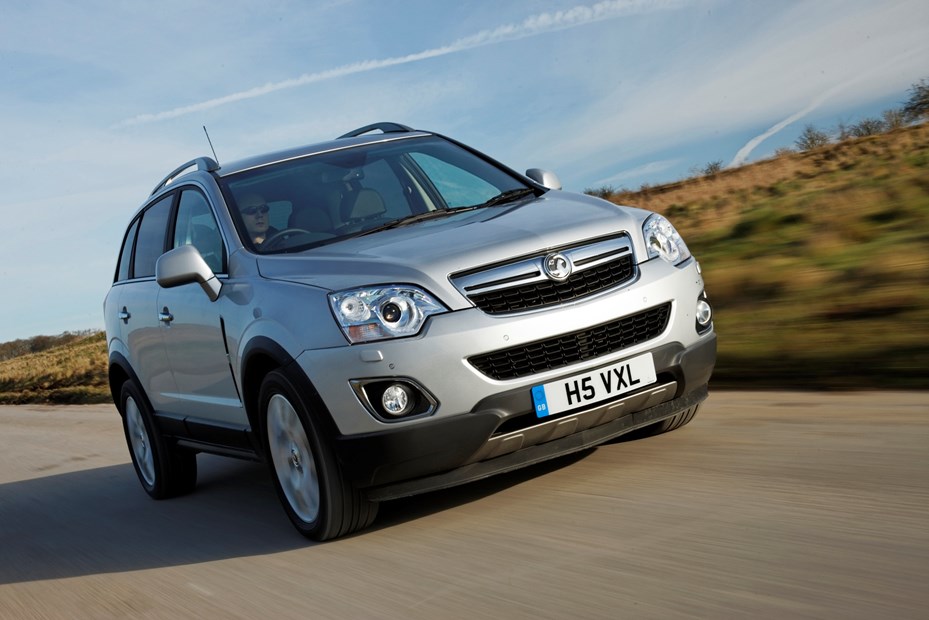
Crossovers are more road-orientated than 4x4s with off road capability but even so Vauxhall Antara performance is not something to write home about. There is a choice of petrol and diesel engines, plus two- and four-wheel drive.
Petrol engine
Very few people choose the petrol, which is hardly surprising considering that it’s only available in entry-level trim and averages just 32.1mpg, though this is better than the original version’s 29mpg. With 0-62mph in 10.5 seconds, the 167bhp 2.4-litre petrol engine is not even the quickest motor in the range and its 206g/km emissions mean it has very little appeal to company car drivers.
Diesel engines
With 150bhp, the original 2.0-litre CDTi had a useful amount of power, but this engine gave way in the Vauxhall Antara in late 2010 to a pair of much better 2.2-litre turbodiesels. These new engines are 161- and 181bhp versions of the 2.2-litre turbodiesel.
The 161bhp motor can be had in front- and four-wheel drive variations of the Antara, while the more potent engine is only available with all-wheel drive. In 161bhp front-drive form and front-drive, the Antara sees off 0-62mph in 9.9 seconds, with the four-wheel drive version fitted with the six-speed automatic gearbox in place of the standard six-speed manual needing 12.0 seconds.
Go for the 181bhp diesel engine and manual car covers 0-62mph in 9.6 seconds to the auto model’s 10.1 seconds. Both diesels offer plenty of brisk acceleration off the mark, but neither is especially refined at higher speeds and the manual gearbox has a notchy action.
Parkers recommends
Thanks to its emissions and economy, the only real choice for us here is the 161bhp 2.2-litre turbodiesel with front-wheel drive and manual gearbox for its 46.3mpg and 160g/km CO2 emissions.
Vauxhall knows that Antara will mainly be used in towns and it’s a pretty good drive on city streets: its compact shape (it’s only marginally longer than an Astra estate) means it’s easy to get into spaces in traffic and not too tricky to park. It gets caught out on faster roads though, where it’s let down by its wallowy suspension, vague steering and noticeable bodyroll.
The Antara has an ‘on demand’ four-wheel drive system, which means that there’s no need to worry about low ratios and engaging a separate gearbox when the going gets rough – the system does all the thinking and provides power to the wheels that aren’t slipping. There’s even a hill descent control system that aids the driver when going downhill off-road. The downside is that it’s not a real 4×4 and can’t tackle more challenging terrain.
Updates in early 2011 included a tweaks to the chassis. Modified shock absorbers and adjustments to the anti-roll bar have given the Antara more resistance to body roll and ride comfort has improved. Despite a slight improvement on the previous version, get in to any tight corners and there is still a fair amount of roll while the any crease or damaged surface in the road compromises the ride (although opting for smaller alloys will help).



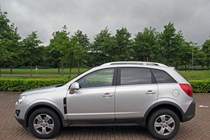
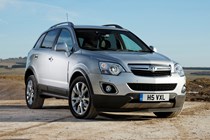
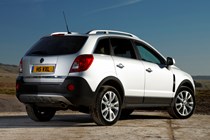
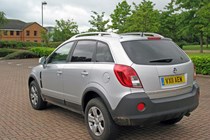
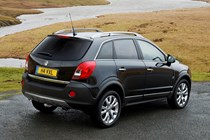
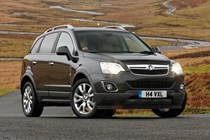
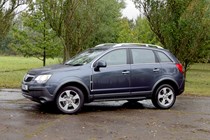
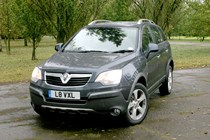
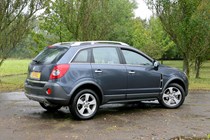
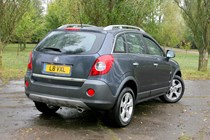
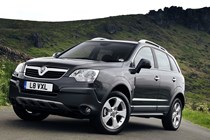
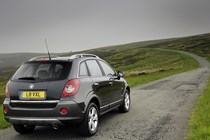
.jpg)
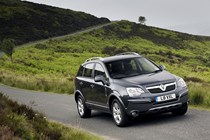

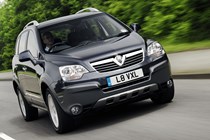
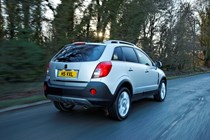
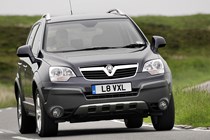
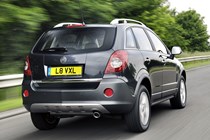
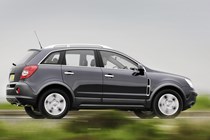
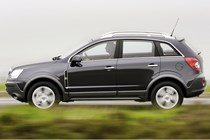
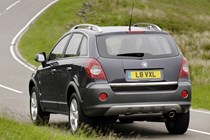
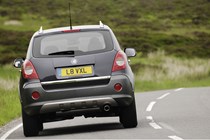
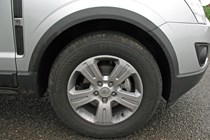
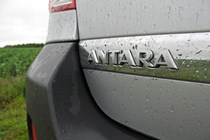
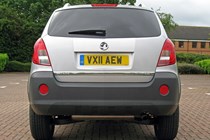
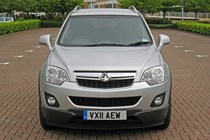
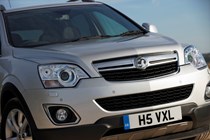
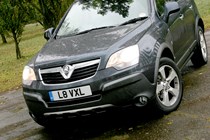
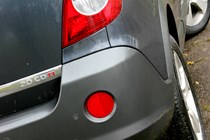
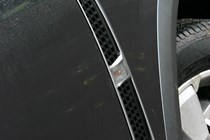
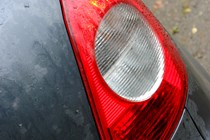
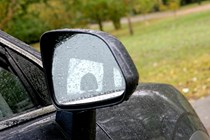
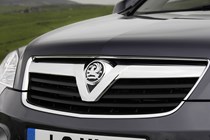
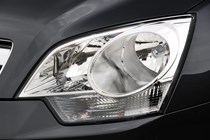
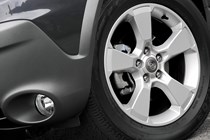
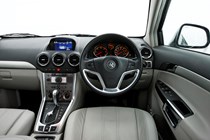
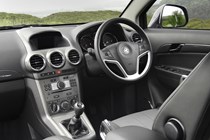
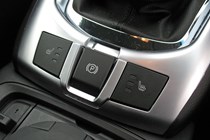
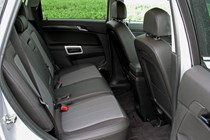
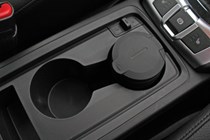
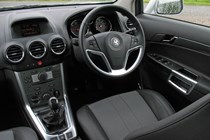
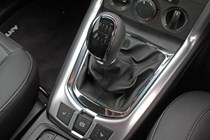
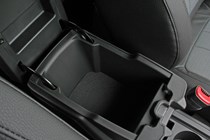
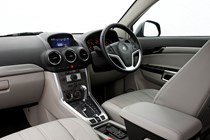
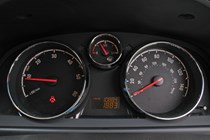

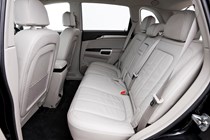
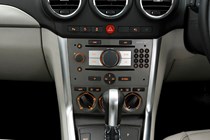
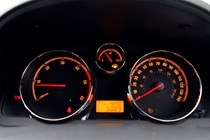

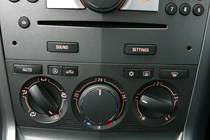
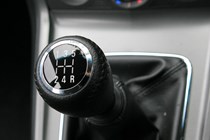
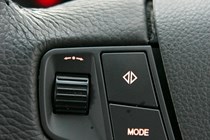
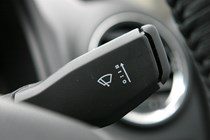
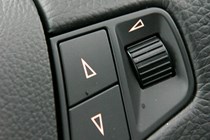
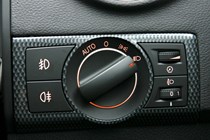
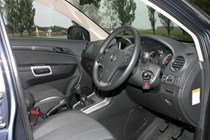
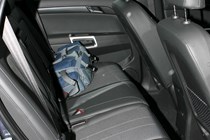

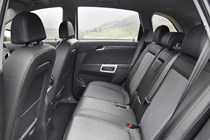
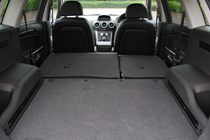
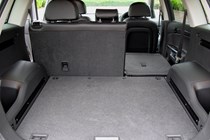
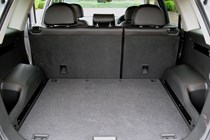
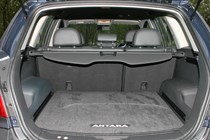
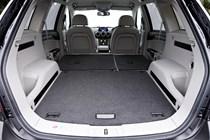
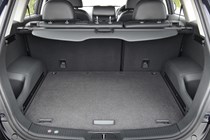
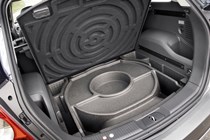
.jpg)
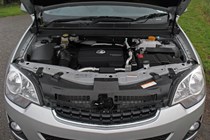
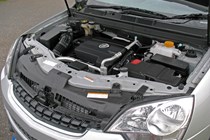
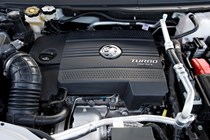
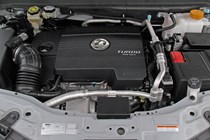
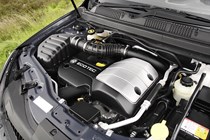













.jpg?quality=50)























































.jpg?quality=50)




